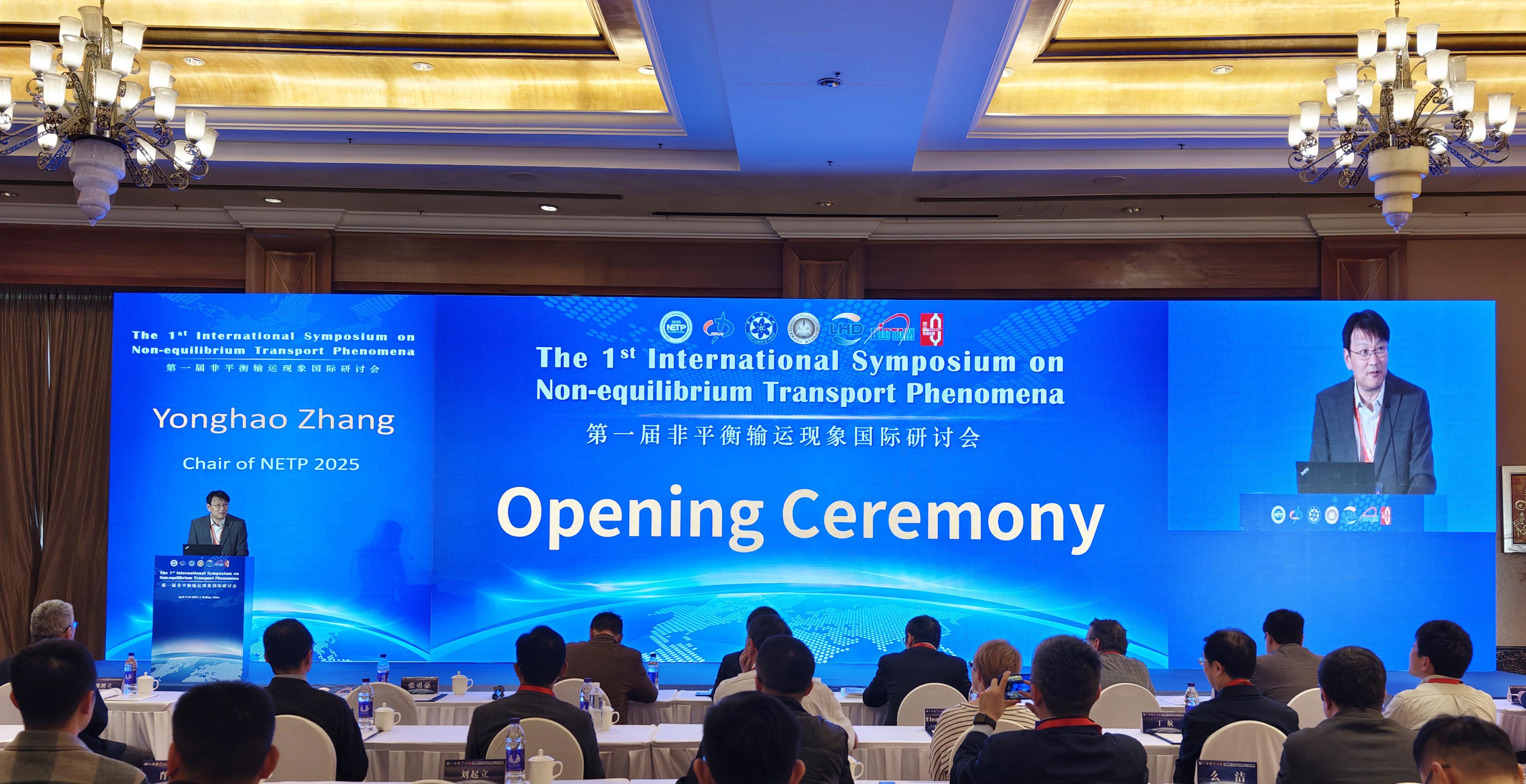Advancing Patent Open License System

(PHOTO: VCG)
By ZHONG Jianli
The China National Intellectual Property Administration (CNIPA) recently issued a notice to facilitate the efficient operation of the patent open license system by expanding the modes and channels for the transformation and application of patents.
The notice clarifies how the system works: patent holders voluntarily submit declarations for opening the patent license and specify the licensing fee, which will be publicized by the State Council's patent administrative departments. Any organization or individual can obtain a license by notifying the patent holder in writing and paying the fee. The system ensures fairness and equality in granting licenses.
Universities and research institutions in China possess a considerable number of effective invention patents. However, many enterprises lack patented technologies, especially small and medium-sized businesses. So it is essential to improve the industrialization of patent achievements by removing the barriers to patent transformation.
The patent open license system, a critical institutional innovation, was introduced in the fourth amendment to the Patent Law, which came into force on June 1, 2021.
Implementing a straightforward "one-to-many" patent licensing approach will enhance efficiency, reduce transaction costs, and promote the transformation of sci-tech achievements into new quality productive forces, according to the notice.
It calls for collaborative efforts to operate the patent open license system and guides patent holders to standardize their submission of open license declarations and reasonably estimate the license fees, facilitating open sharing of licensing declaration information.
Regarding the standards for licensing fees, the notice specifies that for fixed licensing fees, the amount generally should not exceed 20 million RMB; for flexible ones, the rate typically should not exceed 20 percent of net sales or 40 percent of profits.
According to CNIPA statistics, China had over 4.99 million valid invention patents by the end of 2023.







